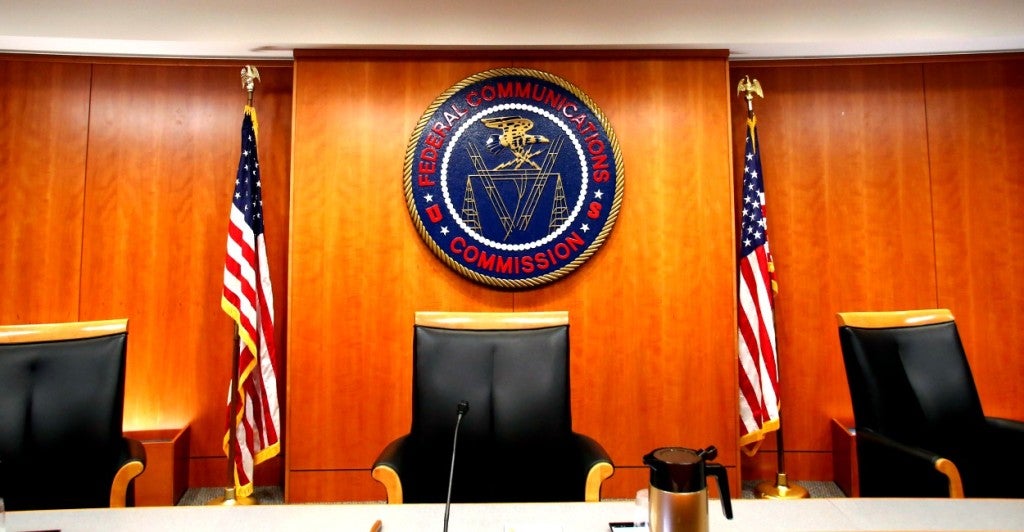One year ago, the Federal Communications Commission voted to impose massive new “net neutrality” regulations on Internet providers. The decision was made after one of the most contentious debates ever at the 80-year-old regulatory agency.
And, twelve months out, we still don’t know the final outcome—as the rules are still under review in federal court. But that hasn’t stopped supporters of government regulation from expanding their regulatory pogrom even farther, pushing to use the new rules to ban so-called “zero-rating” discounts to wireless consumers. If left unchecked, the growing shadow of government control threatens to chill innovation, deter investment, and freeze the growth of the web itself.
>>> For More on This Topic: The FCC and Internet Regulation: A First Year Report Card, with FCC Commissioner Ajit Pai on Feb. 26 at The Heritage Foundation.
Network neutrality is the idea that Internet service providers—a category that includes firms ranging from big companies like Comcast and AT&T to market challengers such as T-Mobile—should treat each bit of content travelling over their networks exactly the same way. Never mind that cat videos and 911 calls ought to be treated differently; the goal of forced neutrality has been relentlessly pursued by a coalition of Internet firms who see benefits in constraining their rivals and ideological left-leaning activists with a fundamental distrust of markets.
The fight has raged for over a decade. Twice before during this time, the FCC tried to impose net neutrality—in 2005 and again in 2010—and twice it was rebuffed by the courts, which found that the agency lacked authority to act.
Hoping that the third time is the charm, the FCC, led by Chairman Tom Wheeler, proposed yet another set of rules in 2014. Initially, Wheeler intended to more or less re-adopt the 2010 rules, with minor changes intended to address the problems identified in court.
However, President Barack Obama upped the ante in November 2014, intervening with the normally independent FCC to urge it to turn Internet access providers into public utilities subject to comprehensive regulation of their activities.
After a brief and cursory defense of his agency’s autonomy—and a few protests at the chairman’s home—Wheeler changed his plan to match the president’s. The revised rules were adopted last February 26 by the commission on a party-line vote.
The new rules were immediately challenged in federal appeals court, which heard the case in December. A dizzying array of flaws with the rules and the process used to adopt them were identified—ranging from a lack of public notice about what the FCC was going to do to the agency’s questionable basis for reversing itself to declare Internet providers public utilities without good reason.
The First Amendment is also in play, since this dispute is at its core a question of government limits on dissemination of information.
There is no telling when a decision will finally be made. Complicating things even more, one of the judges assigned to the case, Sri Srinivasan, is widely considered a candidate to fill the vacancy on the Supreme Court left by Justice Antonin Scalia’s passing. A nomination could put a ruling on this case on the back burner.
Nor would a court decision end this long-running regulatory soap opera. Congress is also sure to take a further look at this. Sen. Mike Lee, R-Utah, in fact, is expected to introduce a bill this week to overturn the rule. More is sure to happen once the legal case is decided.
The FCC is faced with the task of actually applying the rule it adopted. In the first month after the regulations took effect, the agency was bombarded with over 2,000 complaints against Internet providers. Few of these, however, actually involved core neutrality violations, such as blocked websites, as opposed to generalized complaints about poor service.
At the same time, pro-regulation activists are not standing still. With last year’s rules in their pocket, they are working to expand their scope. Their newest target is a consumer pricing plan known as “zero rating.” Such plans let consumers stream video and other data from participating content providers without it counting against the data limits on their pricing plans. Thus, a consumer could watch movies on Amazon or football games on ESPN on his wireless phone without worrying about being slapped with excess data usage charges.
Many regulation proponents have denounced zero rating as a violation of neutrality, since it encourages consumers to use one source of content over others. But why is that a bad thing? The whole point of competition is to get consumers to use your service rather than others—through better quality or lower prices. Zero rating does no more than that. The drive to expand net neutrality rules to—in effect—ban discounts is profoundly anti-consumer, and an assault on the marketplace itself.
One year after the FCC’s vote, the future of net neutrality regulation is still unclear. As the rules are reviewed in the courts and in Congress, neutrality activists are working to expand their scope to more of the marketplace—even at the expense of consumers. It’s time to put a stop to this neutrality madness.
